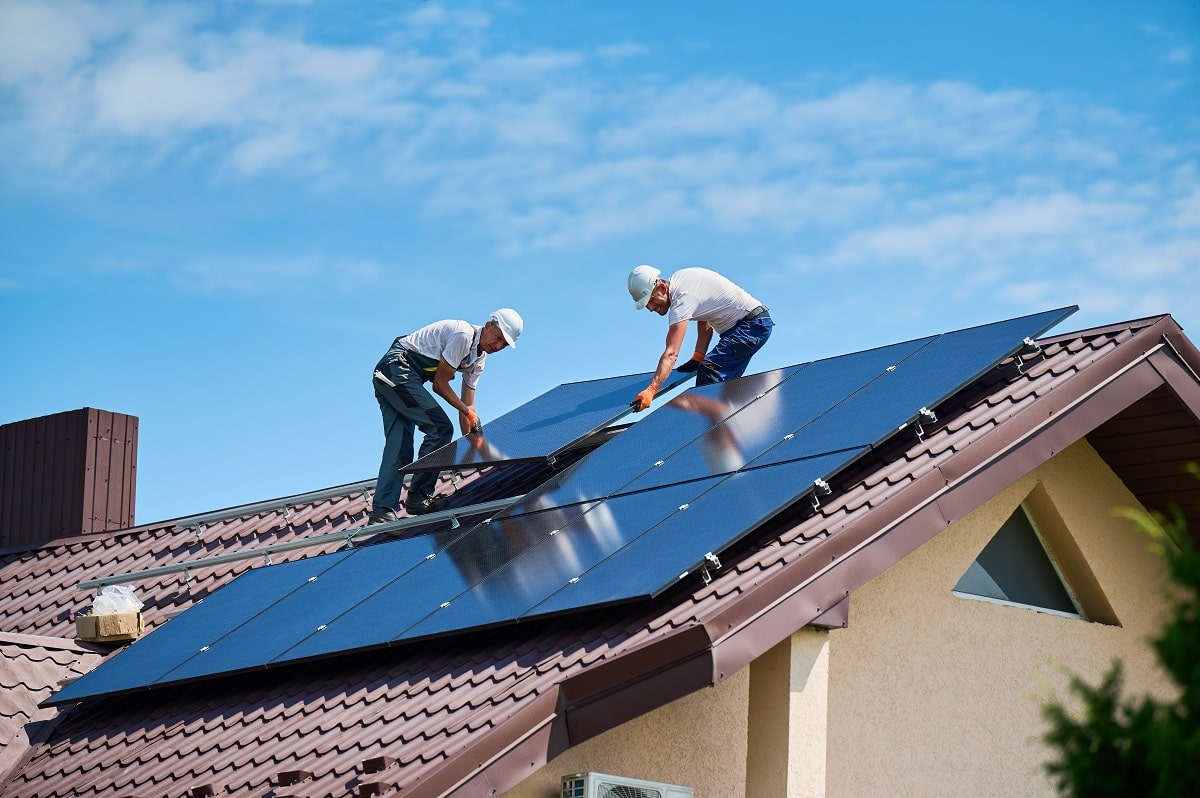Americans may be able to get $8,000 back in rebates for making energy-efficient home upgrades, like installing an induction cooktop. This program is available through the 2022 Inflation Reduction Act.
Get Paid to Upgrade

The U.S. government is offering financial incentives for homeowners to upgrade appliances to more energy-efficient alternatives. These rebates are meant to reduce energy bills for Americans and to reduce dependency on older models.
The Inflation Reduction Act
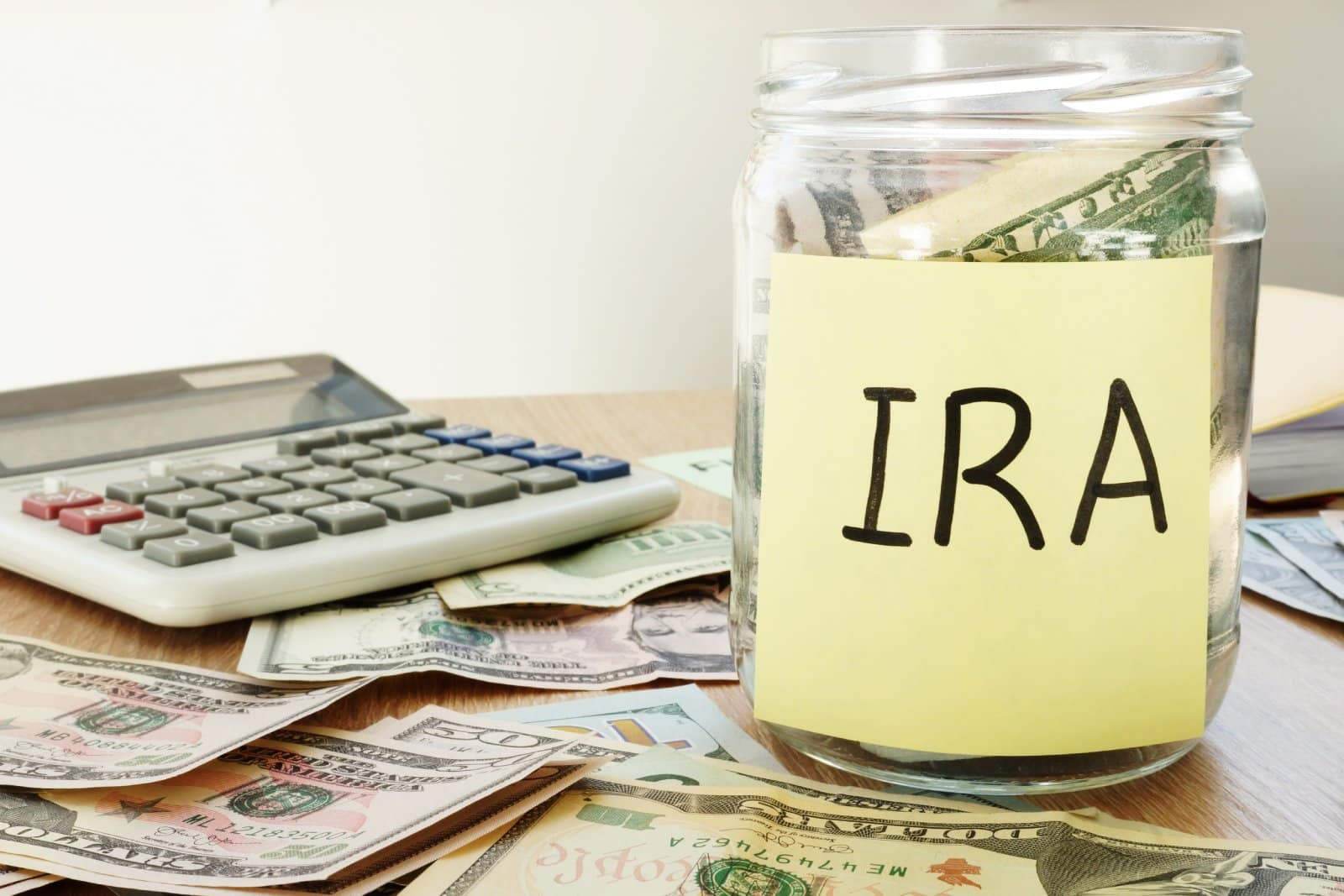
This effort is made possible because of the Inflation Reduction Act (IRA) of 2022, which has been the largest investment in combating climate change to date. This law focuses on promoting cleaner energy solutions to reduce pollution and improve public health.
Rebates and Tax Credits Available

Homeowners can qualify for rebates of up to $8,000 for making serious upgrades. Additional tax credits are also possible to lower costs even more.
Getting the Most Money

The amount that applicants can qualify for depends on how much of a change they make. If improvements reduce household energy usage by at least 20%, then $4,000 is offered, while 35% or more could get residents up to $8,000 back.
While Improvements Are Eligible?

This program includes a wide range of home improvements, including induction cooktops, better insulation, and heat pumps. Reducing energy consumption is the ultimate goal.
Some Upgrades You Could Make
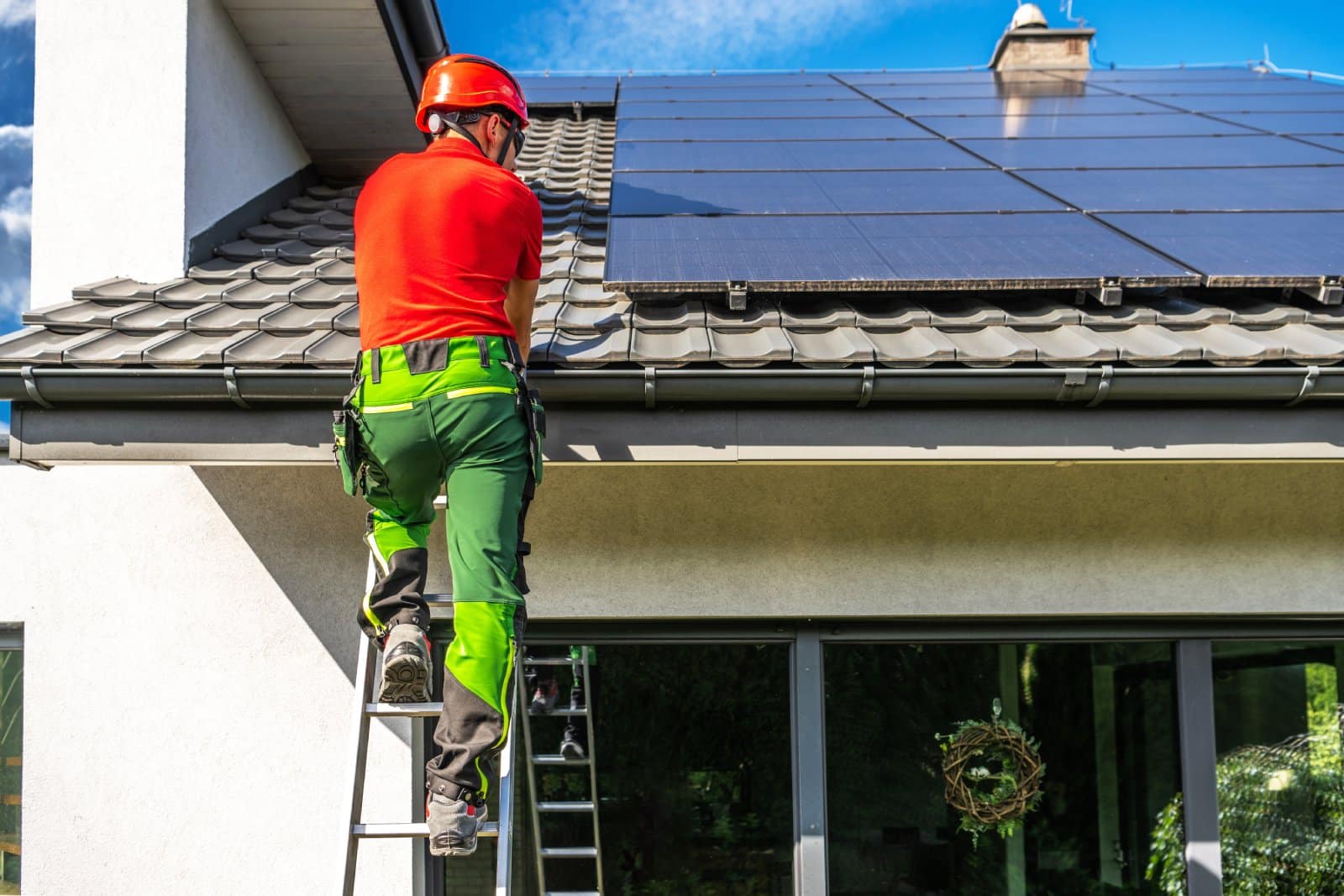
Homeowners could install panels or upgrade to a pump water heater, guaranteeing long-term energy savings and the chance for a rebate or tax credit.
Financial Benefits

This IRA rebate program offers immediate financial benefits from the rebates and accumulative savings from lower energy bills. Participants could save thousands of dollars each year, while improving their homes.
Long-Term Savings

An energy-efficient home also decreases the likelihood of appliances needing to be replaced or upgraded soon. Modern alternatives typically require less upkeep and energy consumption.
More for Low-Income Households

Low-income households can apply for even more rebates and incentives. This encourages everyone to seek out critical home upgrades that protect people and the environment.
Enhancing Home Value

These upgrades can have a huge impact if homeowners decide to sell by increasing the value of a home. The advancements can also make a house more attractive on the market.
Environmental Impact

These upgrades are important for lower energy usage and decreasing harmful emissions. These rebates encourage individuals to make a cleaner and healthier environment for everyone.
Supporting Renewable Energy
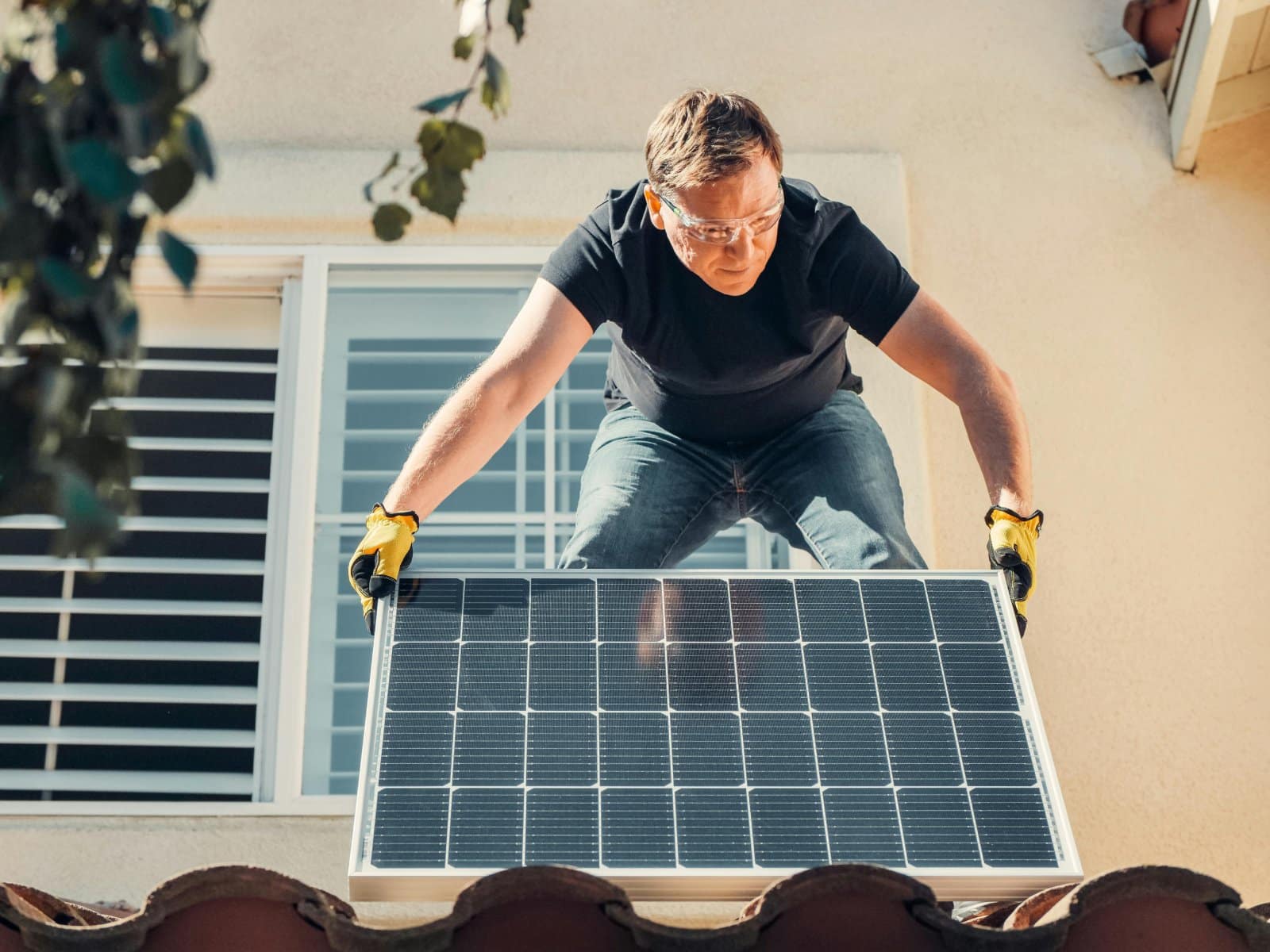
The IRA really pushes renewable energy sources, like solar power, in the home. American energy sources need a shift toward more sustainable options.
Public Health Benefits

Overall, cleaner, efficient appliances can also improve air quality and by default, positively impact public health. Older systems can increase the risk of respiratory issues from pollution.
Who Qualifies for the Rebates?

While these rebates are available to all American households in theory, individual states will still need to adopt the rebates. As of right now, not all states have made this process available to residents.
State Participation

As of right now, Wisconsin residents can take advantage of the home upgrade rebates. More than 20 other states are expected to adopt similar programs soon.
Application Process

Homeowners who are interested in the rebates will be able to apply through their state programs once they’re available. This involves submitting documents that verify the upgrades and anticipated energy savings.
Broader Climate Policy
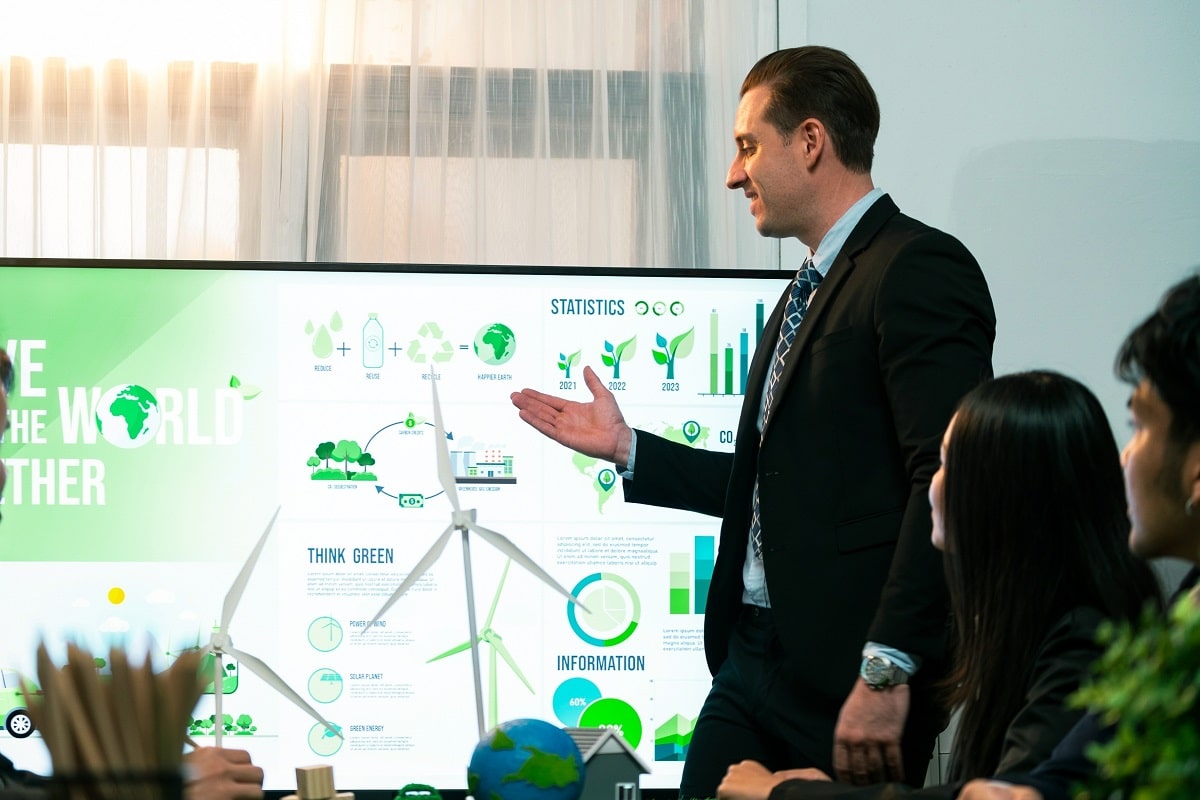
The IRA and moves like this are part of a broader strategy to reduce the U.S.’s carbon footprint. Other policies that focus on clean water, recycling, and sustainable energy production go hand-in-hand with this one.
Reducing Fossil Fuel Dependency
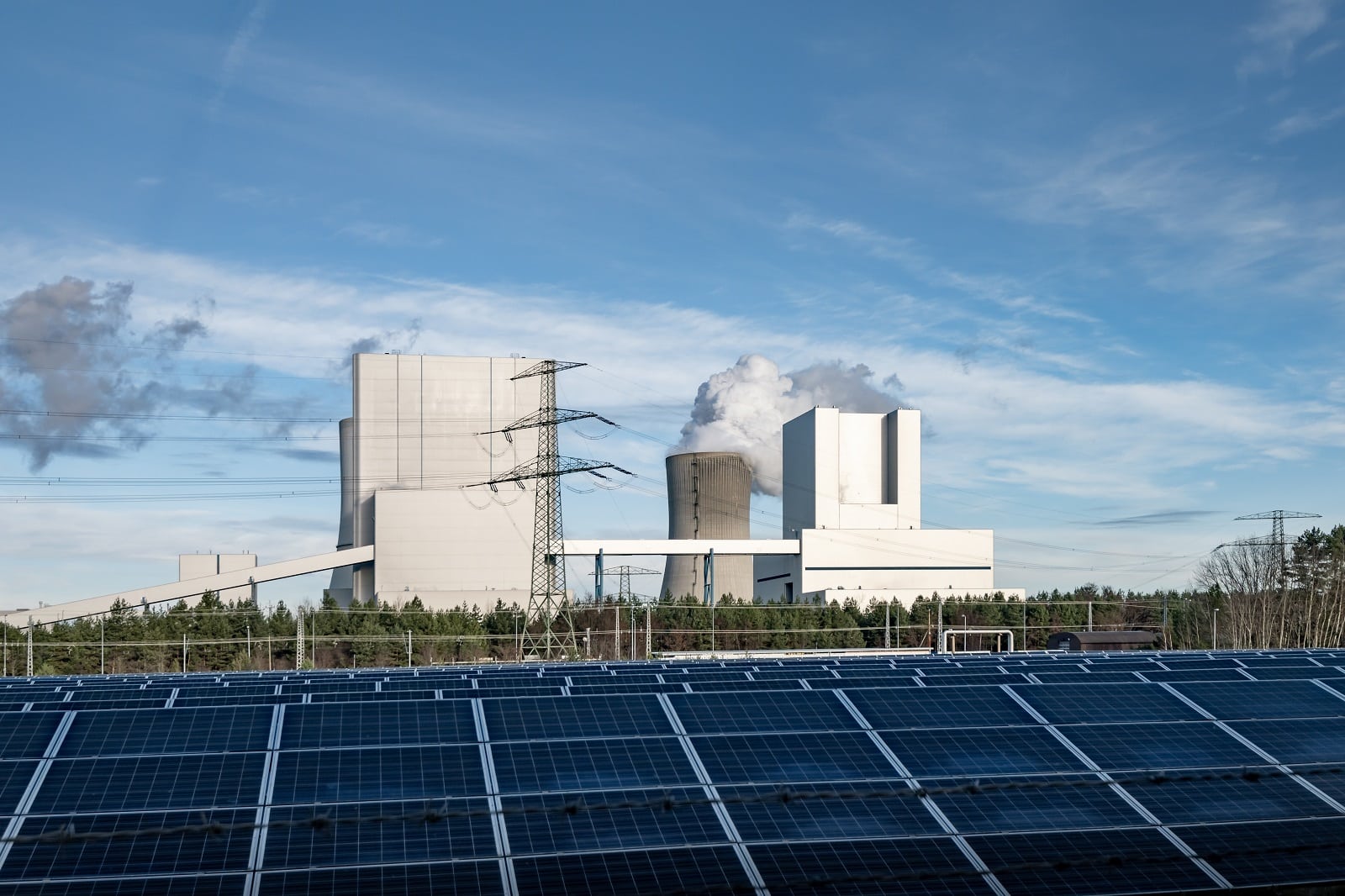
The IRA is hoping that the promotion of cleaner energy sources will eventually reduce the country’s dependence on fossil fuels. This can contribute to a more sustainable and reliable energy future.
Expanding Outside the Home

While these rebates are for internal home upgrades, Americans can also get tax breaks of up to $7,5000 for new electric vehicle purchases or $4,000 for buying a used EV. This incentive could encourage people to invest in sustainable cars as well.
Positive Economic Impact
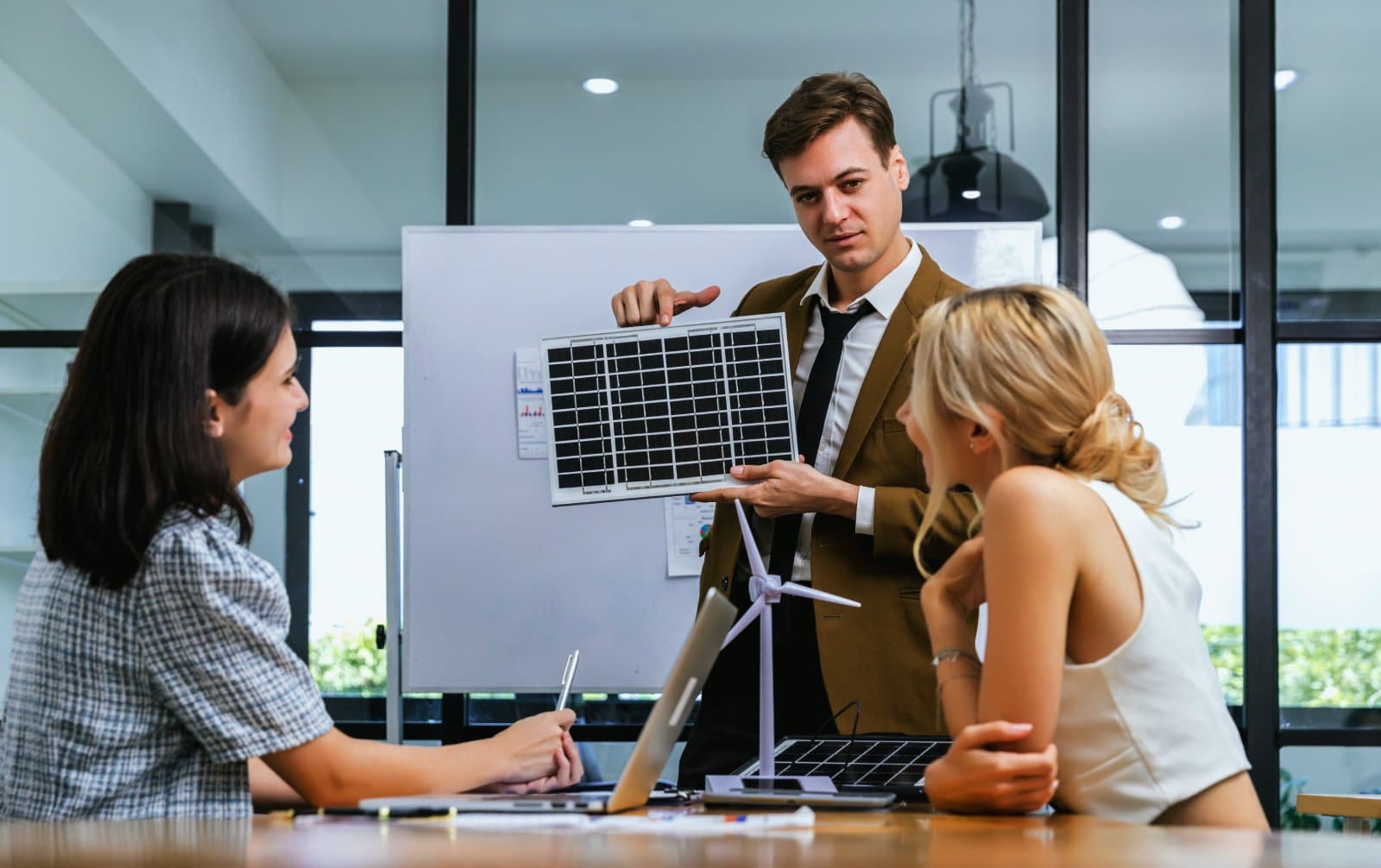
Not only will individual households benefit from this program, but it could also help communities overall. If people buy more energy-efficient products and services, economic growth is likely to follow.
Steps Forward

This rebate program is reflective of the IRA’s push for a greener future. Offering Americans incentives and tools to seek out sustainability is one of the best ways the government can push the country in the right direction.
Featured Image Credit: Shutterstock / anatoliy_gleb
The content of this article is for informational purposes only and does not constitute or replace professional financial advice.
The images used are for illustrative purposes only and may not represent the actual people or places mentioned in the article.

